Landed Cost China-to-US/EU Sunglasses Shipping Tariffs Import Duties
The financial success of your eyewear business depends entirely on your ability to model every component of landed cost. With total US tariffs on Chinese-made eyewear approaching 64% as of August 2025, a failure to account for each variable guarantees catastrophic margin erosion. This framework provides the strategic intelligence required to protect your business.
Recent data shows that 89% of sunglasses imported to the US originate from China, yet most importers fail to model the cumulative impact of stacked duties. You must move beyond the factory price to a systematic landed cost model to prevent supply chain disruptions that can destroy your competitive position.
The Landed Cost Formula: A Four-Part Deconstruction
Your manufacturer’s quote is only the starting point. Professional importers recognize that landed cost encompasses four distinct cost categories. The fundamental equation is Landed Cost = Product Cost + Logistics & Freight + Customs, Tariffs & Taxes + Risk Mitigation & Overhead. Miscalculating any component will eliminate your profit margins or expose your business to regulatory penalties.
Component 1: The Product Cost (EXW vs. FOB vs. DDP)
Incoterms are not just shipping acronyms; they are contractual definitions of cost and risk allocation that fundamentally alter your total import expenses.
| Incoterm | Supplier Responsibility | Your Responsibility | Cost Structure | Strategic Use Case |
| EXW (Ex Works) | Ends at the factory gate. | All export docs, local transport, customs, and international freight. | Lowest unit price, but true cost adds $1.50-$3.00 per unit in subsequent logistics. | Large-volume shipments where you can achieve economies of scale on logistics. |
| FOB (Free On Board) | All costs and risks until goods are loaded onto the vessel. | International freight, insurance, import customs, and duties. | Typically adds 8-12% to EXW price but simplifies logistics. | The industry standard; balances cost control with operational efficiency. |
| DDP (Delivered Duty Paid) | All costs and risks until goods reach your designated destination. | Unpacking the goods. | Highest unit price; hides supplier markups on freight and duties. | Not recommended; you surrender critical control over customs and cost optimization. |
Pro Tips: Negotiate FOB terms with established suppliers to maintain control over critical import processes while achieving predictable cost structures. Reserve EXW only for massive volumes where you can justify a local logistics presence, and avoid DDP entirely, as few Chinese suppliers can execute it accurately.
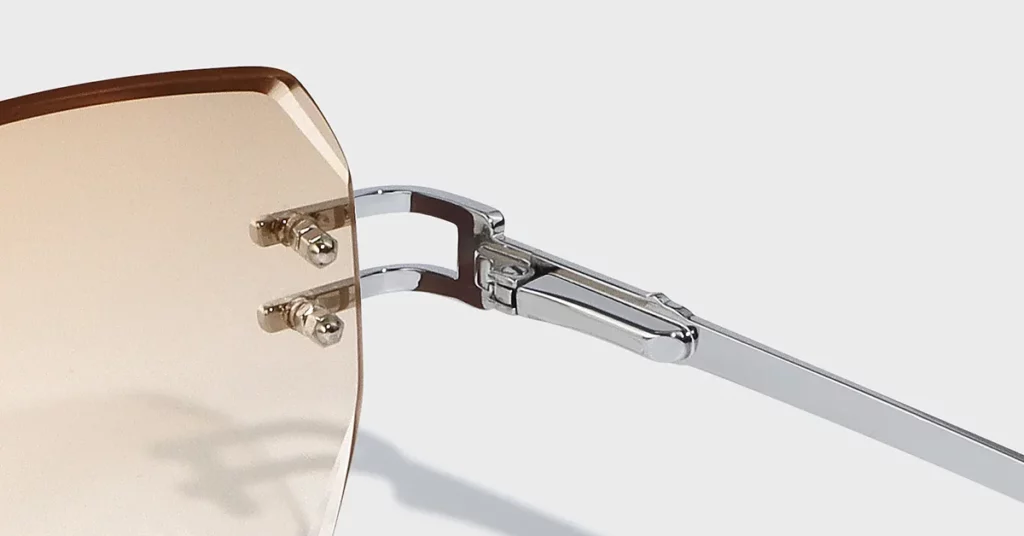
Component 2: Logistics & Freight Costs
Your choice of freight method directly impacts both unit costs and cash flow. This is a strategic decision based on shipment volume, seasonality, and inventory velocity.
| Method | Typical Cost (China to US/EU) | Transit Time | Best For |
| Ocean Freight (LCL) | $70 – $85 per cubic meter (CBM) | 25-45 days | Shipments > 2 CBM but < 15 CBM. |
| Ocean Freight (FCL) | $2,000 – $4,500 per 20-40 ft container | 15-35 days | Bulk orders where you can achieve the lowest per-unit cost. |
| Air Freight | $3.40 – $15.50 per kilogram | 3-10 days | Time-critical shipments, high-value collections, shipments < 500kg. |
| Express Courier | $8.00 – $15.00 per kilogram | 1-5 days | Samples, small test orders, and urgent replenishments. |
Key Metric: You must calculate the breakeven volume where ocean freight should transition from LCL (Less than Container Load) to FCL (Full Container Load). For most routes, this point is approximately 15 cubic meters. Below this, air freight may be more effective when factoring in inventory carrying costs.
Component 3: Customs, Tariffs, and Taxes
This is the most volatile and high-risk variable in your landed cost model. It demands continuous monitoring to avoid devastating financial surprises.
- U.S. Tariff Structure: This is a multi-layered burden. The base duty under HS code 9004.10 is 2%. Section 301 tariffs add 7.5-25%. IEEPA fentanyl-related duties add another 20%. Finally, reciprocal tariffs, currently at 10% during a temporary truce, are scheduled to hit 34% in August 2025.
- E.U. Tariff Structure: The standard rate under TARIC code 9004.10 is a stable 2.9%. However, you must account for Value-Added Tax (VAT), which ranges from 19-25% depending on the destination country and is calculated on the total CIF value plus the duty amount.
Critical Warning: The $800 de minimis threshold for US imports expired for Chinese goods on May 2, 2025. All Chinese-origin sunglasses now face full duty assessment, regardless of shipment value. This eliminates a key cost-avoidance strategy for samples and small orders.
Component 4: Risk Mitigation & Overhead
Professional import operations build in costs that protect against catastrophic losses. These are not optional expenses.
- Cargo Insurance: This protects against loss or damage during transit. The cost is typically 0.1-0.3% of the total shipment value. Standard carrier liability provides inadequate protection for commercial shipments.
- Quality Inspections: A third-party inspection costs $200-$500 per visit but provides critical protection against defective merchandise. For sunglasses, inspections must verify UV protection, impact resistance, and correct labeling to prevent customs holds.
- Banking and Documentation Fees: Wire transfers ($25-$50), customs brokerage ($75-$150), and letters of credit (0.1-0.5%) are small but recurring costs. You must factor these into your per-unit overhead calculations.
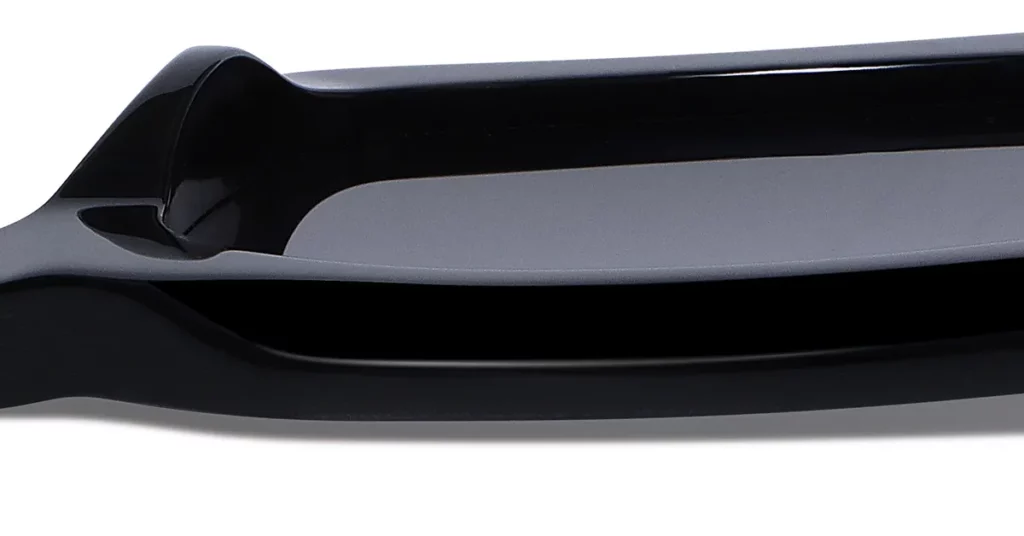
Calculating Customs Value: The Foundation of Your Duty Bill
The accuracy of your customs value determines your total duty, tax, and fee liability. Errors trigger audits, penalties, and delays that multiply your total import costs.
Why Your Commercial Invoice is the Most Critical Document
The commercial invoice is the primary document used to determine customs value. US Customs uses the transaction value method, which means duties are based on the actual price paid between you and the seller.
Your invoice must include detailed product descriptions with HS codes, unit values, total shipment value, payment terms, and Incoterm specifications. It must reflect the actual commercial transaction, including any additional costs like tooling or design fees.
Best Practice: Maintain meticulous invoice records that separate product costs from tooling, development, or licensing fees. This distinction is critical for accurate duty calculations and proper accounting.
Declared Value vs. True Transaction Value
Customs authorities use sophisticated risk systems to flag shipments with suspicious valuations. Understating value to reduce duties is customs fraud, carrying penalties including seizure of goods, fines up to the domestic value of the goods, and potential criminal prosecution.
Definition: Transaction value is the price paid plus certain additions. These include packing costs, assists (tooling, designs you provide), royalty payments, proceeds from resale, and transportation to the port of export.
The Hidden Costs: How Tooling and Design Fees Factor In
Many buyers incorrectly assume that tooling, molding, and design costs are separate from the customs value. This is a costly mistake. US Customs regulations mandate the inclusion of “assists” and other indirect payments in the dutiable value.
For Example: A $50,000 tooling cost amortized over a 10,000-unit production run adds $5.00 per unit to your customs value. If the FOB cost is $10.00, your dutiable customs value becomes $15.00 per unit, not $10.00. This significantly increases your duty obligations.
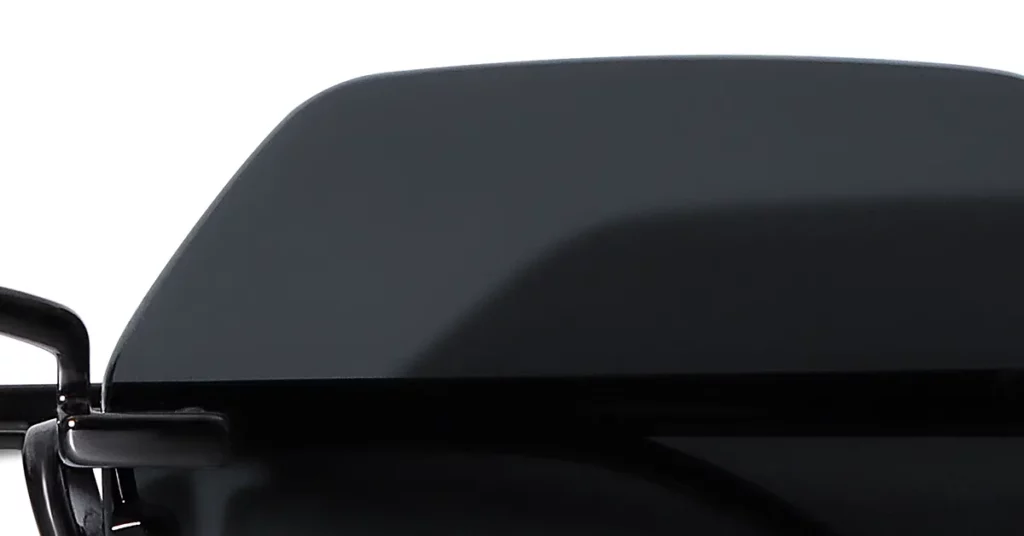
The Compliance Gauntlet: Mastering FDA & EU Regulations
Navigating regulatory requirements is non-negotiable for market access and preventing costly seizures.
Navigating U.S. FDA Regulations
The FDA classifies non-prescription sunglasses as Class I medical devices because of their UV protection function. This subjects you to specific rules that affect import clearance.
The Legal Requirement: Annual FDA Registration (FURLS)
All entities importing medical devices must register annually with the FDA via the Facility Registration and Medical Device Listing (FURLS) system. This is a legal requirement.
- [Technical Fact/Rule]: Annual FURLS registration is mandatory for all sunglass importers.
- [Functional Implication]: This means you cannot legally import sunglasses into the US without a current registration, which must be completed before your first shipment arrives.
- [Strategic/Financial Outcome]: The registration costs approximately $7,200 annually, representing a fixed overhead cost that must be factored into your unit cost calculations to maintain profitability.
The Product Mandate: Impact-Resistance (21 CFR 801.410)
FDA regulations mandate that all eyewear meets specific impact resistance standards to prevent eye injury.
- [Technical Fact/Rule]: Lenses must pass a standardized “drop ball test,” withstanding the impact of a 1-inch steel ball dropped from 50 inches.
- [Functional Implication]: You must demand verifiable certification of this test from your supplier with every single shipment. A generic certificate is not sufficient.
- [Strategic/Financial Outcome]: Budget an additional $0.50-$1.00 per unit for legitimate testing and certification. This small investment prevents import holds and outright refusal of entry, which can cost thousands in storage and demurrage fees.
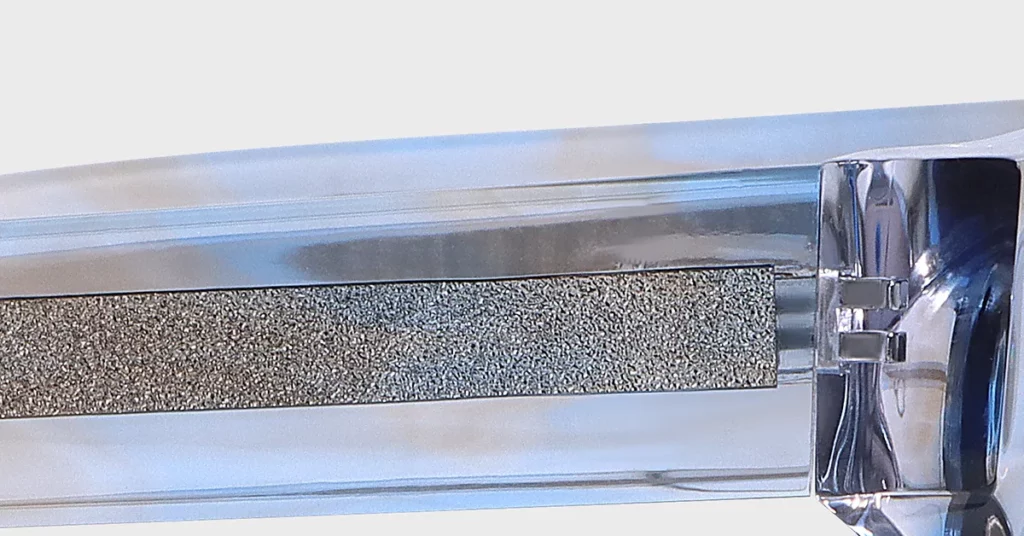
Mastering E.U. Market Access with CE Marking
The CE mark is a legal passport for selling sunglasses in the European Union, demonstrating conformity with health and safety standards.
The Governing Standard: EN ISO 12312-1
This standard sets the requirements for sunglasses, covering optical properties, UV protection, and impact resistance.
- [Technical Fact/Rule]: EN ISO 12312-1 is the binding safety standard for all sunglasses sold in the EU.
- [Functional Implication]: As the importer, you are legally responsible for verifying the manufacturer’s Declaration of Conformity and their underlying technical files, which must include test reports from accredited labs.
- [Strategic/Financial Outcome]: Demanding these complete technical files before shipment is your primary defense against placing non-compliant, illegal products on the market, which can result in financial penalties and criminal liability.
The EORI Number: Your Essential EU Customs ID
The Economic Operators Registration and Identification (EORI) number is your unique identifier for all EU customs procedures.
- [Technical Fact/Rule]: An EORI number is mandatory for any business importing goods into the EU.
- [Functional Implication]: You must apply for and receive this number before your first shipment arrives to file import declarations and pay duties.
- [Strategic/Financial Outcome]: Registration is free but can take 3-5 business days. Securing it early prevents customs delays that disrupt your supply chain and add unnecessary costs.
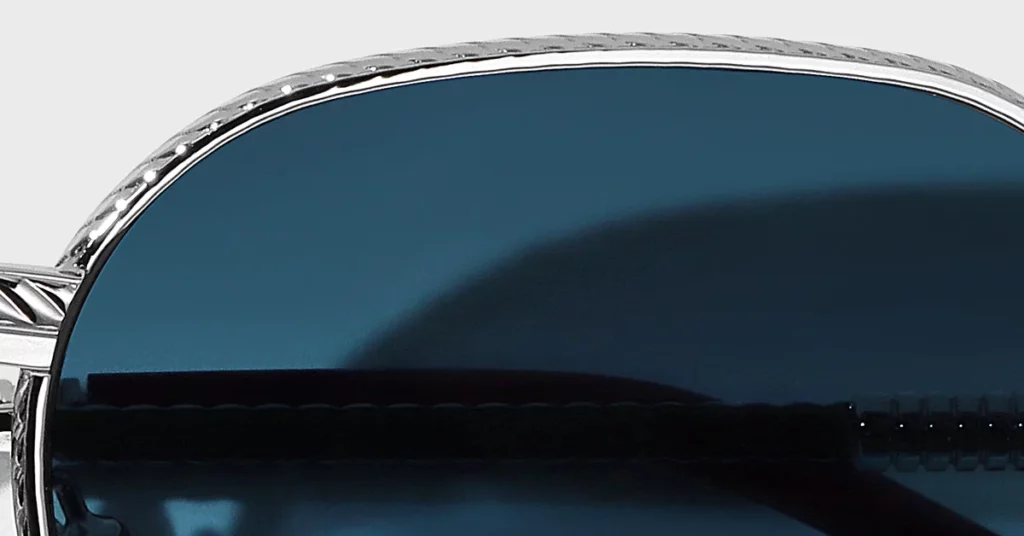
The Tariff Maze: A Guide to US & EU Duties
Correctly classifying your product is the critical first step. Misclassification results in incorrect duty payments, regulatory violations, and penalties that far exceed any perceived savings.
Correctly Classifying Your Eyewear with HS Codes
The Harmonized System (HS) code determines your duty rates and regulatory requirements. For sunglasses, the primary classification is HS Code 9004.10.
- [Technical Fact/Rule]: HS Code 9004.10 covers sunglasses and similar protective eyewear.
- [Functional Implication]: While suppliers often suggest a code, you, the importer, bear the ultimate legal responsibility for its accuracy. Relying solely on a supplier’s suggestion is a major financial risk.
- [Strategic/Financial Outcome]: Misclassification penalties typically equal 10-40% of the correct duty amount owed, plus interest. These penalties, along with catastrophic shipping delays from customs holds, make investing in professional classification guidance a high-ROI decision.
Calculating the Full Burden of U.S. Tariffs
You must analyze multiple overlapping duty layers that compound to create your total import cost.
- Layer 1: Base MFN Duty: The Most Favored Nation rate for HS 9004.10 is 2% ad valorem. This is the foundation upon which all other duties are built.
- Layer 2: Section 301 Tariffs: These duties on Chinese goods add 7.5% to 25% for sunglasses.
- Layer 3: IEEPA & Reciprocal Tariffs: Sanctions-related IEEPA duties add 20%. On top of that, reciprocal tariffs, currently paused at 10%, are scheduled to rise to 34% in August 2025.
The Bottom Line: The current total tariff for Chinese sunglasses is approximately 40%. When the reciprocal tariff increases, this burden will jump to approximately 64%. Your financial models must account for this volatility.
Calculating E.U. Duties and Taxes
The EU structure is more stable but requires analysis of taxes and valuation methods.
- Common External Tariff (TARIC): The standard rate for sunglasses is 2.9%. However, the EU calculates duty on the CIF value (Cost, Insurance, Freight), which is higher than the FOB value used by the US.
- Value-Added Tax (VAT): VAT is the largest cost, ranging from 19-25% depending on the country. It is applied to the CIF value plus the customs duty. For a VAT-registered business, this is a reclaimable cash flow item, not a final cost.
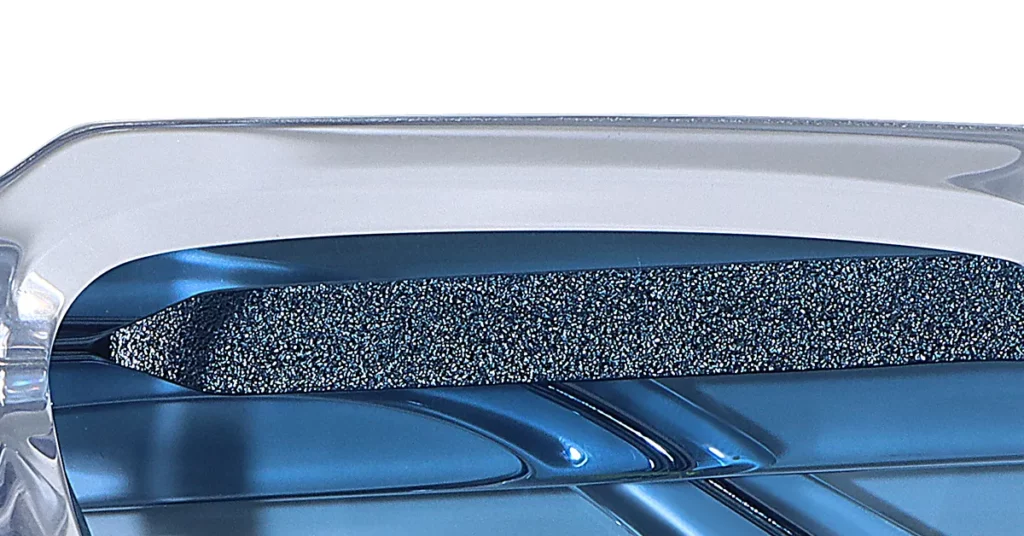
Optimizing Your Supply Chain: Logistics and Partner Selection
Strategic selection of shipping methods and logistics partners directly impacts your landed cost and supply chain reliability.
Decoding Incoterms to Define Cost, Risk, and Control
| Attribute | EXW (Ex Works) | FOB (Free On Board) | DDP (Delivered Duty Paid) |
| Your Control | Maximum | Balanced | Minimum |
| Your Risk | Maximum (incl. China export) | Moderate (from port of origin) | Minimum (in theory) |
| Cost Transparency | Low (many hidden costs) | High | Very Low (costs are bundled) |
| Best Use Case | Not recommended for most importers. | The industry standard for control and predictable cost. | Avoid; high risk of hidden fees and compliance issues. |
Selecting Your Critical Logistics Partners
A professional freight forwarder and customs broker are not vendors; they are strategic partners who manage risk and optimize cost.
- Vetting a Partner: You must ask targeted questions. “How many eyewear importers do you serve?” “What is your experience with FDA medical device clearance?” “How do you track and update clients on Section 301 tariff changes?”
- Demand Transparency: Always demand itemized quotes, not “all-in” pricing. This allows you to analyze and compare individual fees for ocean freight, origin charges, destination charges, and brokerage, preventing you from overpaying for bundled services.
- Preventing Penalties: An expert broker prevents port demurrage (fees for full containers at port) and detention (fees for empty containers outside port) through proactive management. Budget $500-$1,500 per container for these potential fees if using an inexperienced broker.
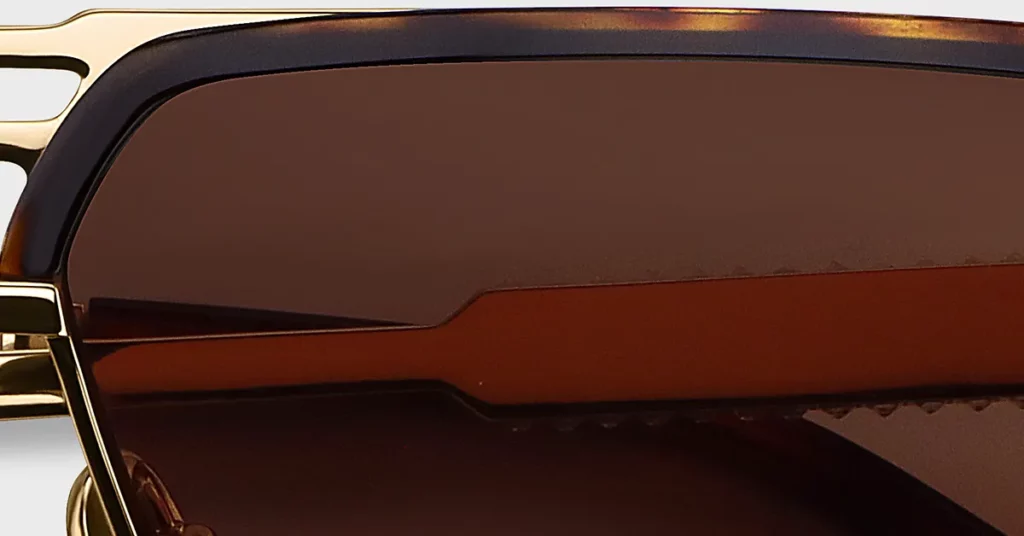
From Calculation to Advantage: Leveraging Landed Cost Data
Accurate landed cost calculation is a strategic weapon. It allows you to build a predictive financial model for your brand.
Using Landed Cost to Determine Your Per-Unit COGS
Your true Cost of Goods Sold (COGS) requires allocating all landed cost components to each unit.
- [Assertion/Hypothesis]: A precise per-unit COGS is the bedrock of a profitable brand.
- [Supporting Rationale]: The formula is Unit COGS = (Direct Costs per Unit) + (Allocated Overhead ÷ Annual Volume). Direct costs include product, freight, and duties. Overhead includes fixed costs like FDA registration.
- [Reader Action/Benefit]: By applying this formula, you can conduct accurate margin analysis and develop a pricing strategy that guarantees profitability from the start.
Tariff Stress-Testing to Ensure Long-Term Profitability
The current volatility requires you to model multiple scenarios.
- [Assertion/Hypothesis]: Your business model must be resilient to tariff shocks.
- [Supporting Rationale]: You must model your profitability using both the current ~40% total tariff and the projected ~64% total tariff scheduled for August 2025.
- [Reader Action/Benefit]: This stress-testing identifies which products will remain viable. Products requiring margins below 3.0x landed cost likely lack the cushion to absorb these increases and must be re-evaluated.
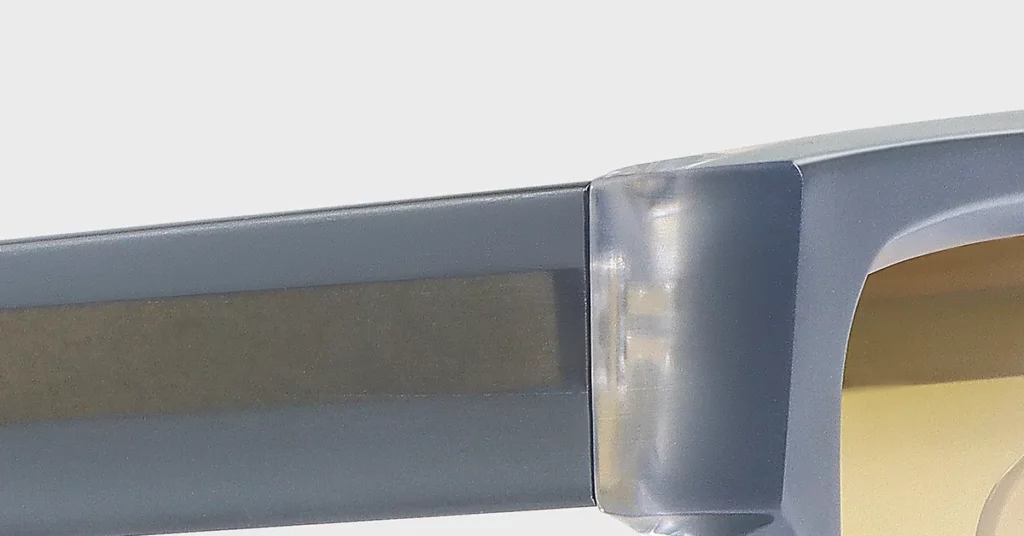
Using Landed Cost as a Supplier Vetting Tool
Your Request for Quotation (RFQ) process must demand a landed cost estimate. This reveals a potential partner’s transparency and logistical competence.
- [Assertion/Hypothesis]: Inconsistent shipping and cost estimates signal deep operational deficiencies.
- [Supporting Rationale]: A supplier who cannot accurately estimate their own export costs (local freight, documentation, port charges) likely has poor process control in other areas, such as quality assurance and production scheduling. Estimate accuracy should be within 5-10%.
- [Reader Action/Benefit]: Make a landed cost estimate a mandatory part of your RFQ. Evaluating suppliers on the quality of this estimate, alongside unit price, allows you to identify sophisticated partners and avoid those who will create hidden costs and risks down the line.
Conclusion
Precise landed cost calculation is the central strategic tool for ensuring profitability in the global eyewear market. With unprecedented tariff burdens and complex regulations, your financial success depends entirely on mastering this analysis. This framework provides the tools to optimize your cost structure and build a resilient, competitive brand.
At Kssmi, we provide this level of transparent cost modeling to empower our partners to make informed decisions with confidence. Schedule a consultation to build a profitable supply chain for your next collection.
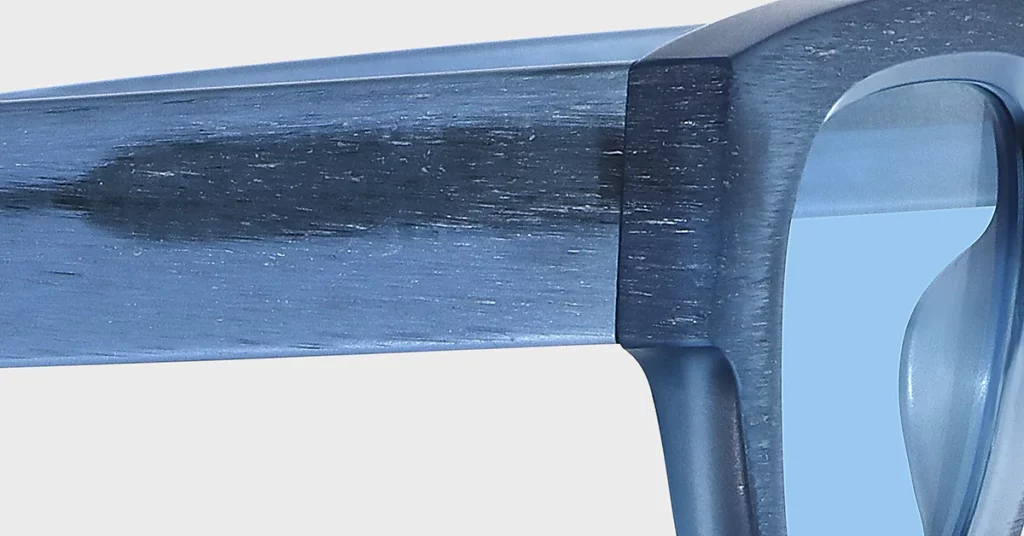
Frequently Asked Questions
1. How does the expired $800 de minimis affect B2B sample strategies?
The exemption for Chinese goods expired on May 2, 2025, so all samples now face full tariffs. You must consolidate sample shipments to optimize freight and duty costs or budget ~40-64% of the sample value for duties.
2. What are the immediate steps if a new tariff is announced on an order in production?
Accelerate shipment to get ahead of the effective date, even if it requires upgrading to more expensive air freight. Calculate the break-even point comparing the higher freight cost to the savings from avoiding the new tariff.
3. How to weigh air freight cost vs. market-entry speed for a luxury brand?
For high-margin luxury goods, the revenue from launching a collection months ahead of competitors often justifies the 3-5x cost of air freight. The ability to capture trend-driven demand and premium pricing can deliver a significant ROI on the logistics investment.
4. What specific documents verify FDA and CE compliance?
For the FDA, demand certified, batch-specific drop ball test reports from an ISO 17025 accredited lab. For the EU, demand the manufacturer’s complete Declaration of Conformity, technical files, and test reports from a notified body verifying compliance with EN ISO 12312-1.
5. What are the hidden risks in a DDP quote?
DDP quotes can hide a supplier’s use of inexperienced customs brokers, incorrect duty calculations leading to future disputes, and inadequate insurance. Investigate by demanding a full cost breakdown and references from other buyers in your country.